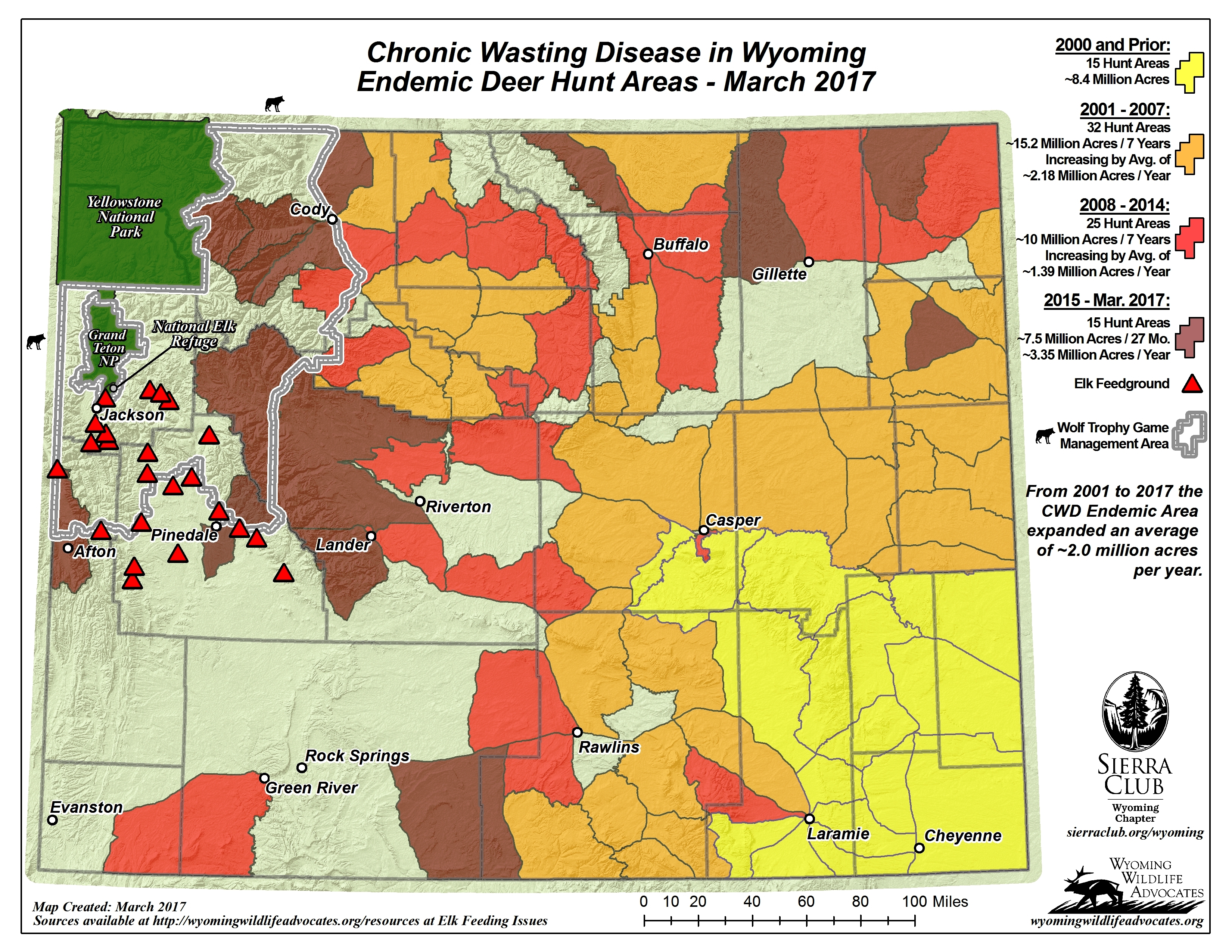

I always think of it like this: you can look through the haze, but you can’t look through trees. It actually really sucks, because it makes it harder to see. This means that your best vantage is going to be looking toward the sun. Now, I’m not suggesting you burn your retinas out, but for midday glassing, you’re going to want to be looking into the shade. Well, those people weren’t mule deer hunting.

When you were a kid, they told you don’t look into the sun. This behavioral knowledge is important to note because it will help you pinpoint high-percentage areas for midday glassing. This time of year, you see fewer big deer. Some mule deer may also use this time to start moving from the summer range to where they will be rutting. They will be traveling less and eating more. In a matter of a few weeks, they’ll expend a tremendous amount of energy rutting. They are preparing their bodies for the rut. Some younger bucks may be near does now, but the mature animals tend to be in isolated pockets. They will feed and browse longer in cover and often pick favored food sources in these more covered areas.īy early October, the larger bucks will be off on their own or in small groups. They may hold to the same general areas, but the bigger bucks will start to break from the group. They will still be interested in food, but they will spend more time in thicker areas. The bucks will continue to hang together for a few weeks. They will bed early and feed late.īy September, most bucks are rubbing off their velvet.

Their velvet antlers are somewhat sensitive and they need to do a lot of eating to keep up the energy consumption needed to finish growing out their racks. Food is on the mind, but temperatures are often the hottest of the year. They’re growing their antlers and are often in bachelor groups. The mule deer this time of year will still be in velvet. Let’s start by looking at the behavior of a mule deer in the month of August. Thus, there is a real science to mule deer hunting midday. The hot temperatures of August and September really limit deer movement to mornings and evenings. I would say I was surprised, but the truth is some of the biggest mule deer I’ve turned up have been spotted this very same way - spotted by glassing in midday or while exploring a new area in between morning and evening hunts. Upon further inspection, it wasn’t a branch at all, but the back fork of a 200-inch mule deer! On half of them, if there was anything there, it would be impossible to see.Īs I scanned, I noticed a branch that looked off. With the sun in my face, I picked apart the shadows under the trees. Maybe I’m a glutton for punishment, but there I sat, baking in the heat and staring behind the glass for hours. Deer are everywhere just after daybreak, but they become scarce after bedding in the midday sun. The high desert in August heats up quickly. The Nevada archery early season mule deer hunting isn’t known for its cold weather.


 0 kommentar(er)
0 kommentar(er)
